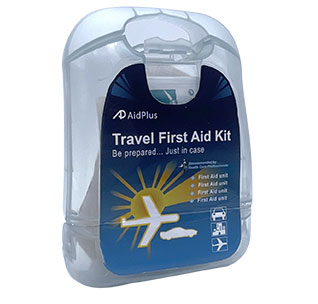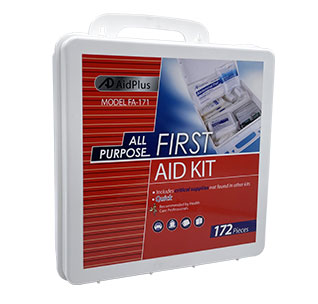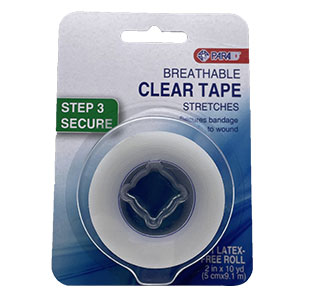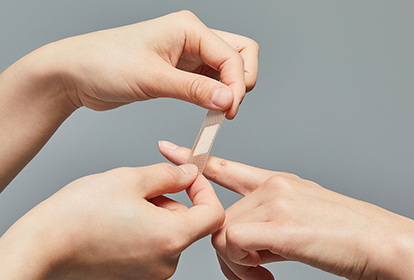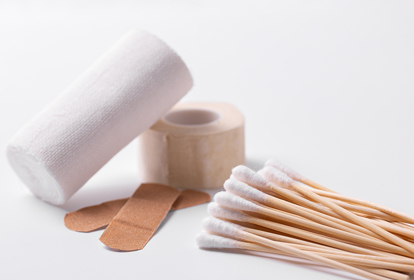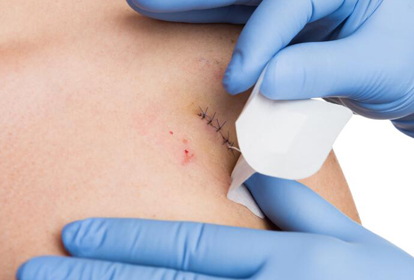Wound dressing refers to medical materials used to cover sores, wounds, or other damages. Injuries caused by skin wounds, burns, abscesses, and ulcerations will cause a series of problems, such as bacterial infection, excessive loss of water and protein, and endocrine and immune dysfunction, which may seriously endanger life. Therefore, after a skin injury, it is usually necessary to use wound dressing instead of skin to protect the wound, prevent wound infection and severe dehydration, provide a moist environment conducive to wound healing, and promote wound healing. Here are some of the most common new wound dressings: foam dressings, hydrogel dressings, hydrocolloid dressings, silver-containing antibacterial dressings, and so on. These new wound dressings belong to the scope of synthetic dressings, and they also have their own applicable characteristics.
1. Foam Dressing
The outer layer of the new foam dressing is made of hydrophobic material and the inner layer is made of hydrophilic material. This kind of dressing has the characteristics of porosity, low surface tension, elasticity, strong plasticity, and lightness, and its absorption of exudate can reach 10 times the mass of the dressing itself.
The treatment of wound exudate by foam dressing is controlled by the transport and absorption mechanism of water vapor. It has good plasticity, can be made into various thicknesses and has a good protective effect on the wound. At present, the most widely used materials are polyurethane foam and polyvinyl alcohol foam.
2. Hydrogel Dressing
Hydrogel dressing is a kind of gel-like substance with a three-dimensional network structure and is insoluble in water, which is formed by special processing of water-soluble polymer materials or their monomers. The main components are 70%-90% of pure water, carboxymethyl fiber rope, and other additional components.
The main function of hydrogel is self-debridement, and its mechanism is to decompose necrotic substances in a moist environment by collagen-degrading enzymes in wound exudate.
Advantages: Clinical reports indicate that hydrogel dressing can closely adhere to uneven wounds, reduce the chance of bacterial growth, prevent wound infection, accelerate angiogenesis and promote epithelial cell growth.
3. Hydrocolloid Dressing
Hydrocolloid dressing is formed by mixing gelatin, pectin, and carboxymethyl cellulose with hydrophilic colloid particles. It is much thicker than film dressings, and the thickness of the adhesive layer determines its absorption capacity. Hydrogel dressings can absorb a small to medium amount of exudate and are not suitable for wounds with more exudate.
It is mainly suitable for the prevention and treatment of stage I and II pressure ulcers, the treatment of burns, plastic skin donor sites, all kinds of superficial wounds and plastic cosmetic wounds, and the prevention and treatment of chronic wound epithelial formation and phlebitis.
4. Silver-containing Antibacterial Dressing
The silver-containing antibacterial dressing is a new type of broad-spectrum antibacterial dressing, and silver has been used as an antibacterial agent in the medical field for a long time. Because of its strong antibacterial activity and low toxicity and side effects, it has its own unique advantages in treating infected wounds. It can be broad-spectrum antibacterial and kill a series of bacteria, including Staphylococcus aureus (MRSA). Therefore, silver has been widely accepted and used as an antibacterial agent, and there are more and more kinds of antibacterial dressings containing silver in the market, such as Huihanyou paste. The silver-containing antibacterial dressing is mainly suitable for severely polluted wounds, infected wounds, diabetic foot ulcers, bedsores, and other wounds.
Mechanism: Silver has a good antibacterial effect and will not produce bacterial resistance. Silver ions can inhibit the growth of microorganisms, fungi, and some viruses, thus achieving bacteriostasis; Silver ions can also hinder the synthesis of bacterial cell wall proteins, prevent the division of nuclear NDA and destroy the synthesis of bacterial respiratory energy chains, so that bacterial cell walls rupture and die, and the bactericidal efficacy can be maintained for 3-7 days.
 English
English
